For years after the 9/11 terrorist attacks on the United States, the same man topped the U.S. Federal Bureau of Investigation’s “Most Wanted” list: Osama bin Laden. Hollywood even made a movie called Zero Dark Thirty about the Navy SEAL team that was assigned the task of “extracting” him.
The Navy SEALs are considered one of the most formidable special operations forces of the United States military. The specific group that stormed bin Laden’s compound in Pakistan was SEAL Team Six.
That mission, like all top secret operations, is still shrouded in mystery and intrigue, and some questions about the group itself linger.

The team both found and killed the Al Qaeda leader, though assassinating him was not the original intent, sources claim. It’s difficult to know for certain, because SEAL Team Six didn’t even exist—not on paper, at least. Since there are no formal records that attest to its existence, speculation about it abounds to this day.
It’s not unusual that a team like this is shrouded in secrecy since operations like this one are, by definition, shrouded in secrecy. Even the U.S. Congress isn’t anxious to know too much about the role of a group like SEAL Team Six. It is tasked with a job, and no one asks too many questions once that job is done.
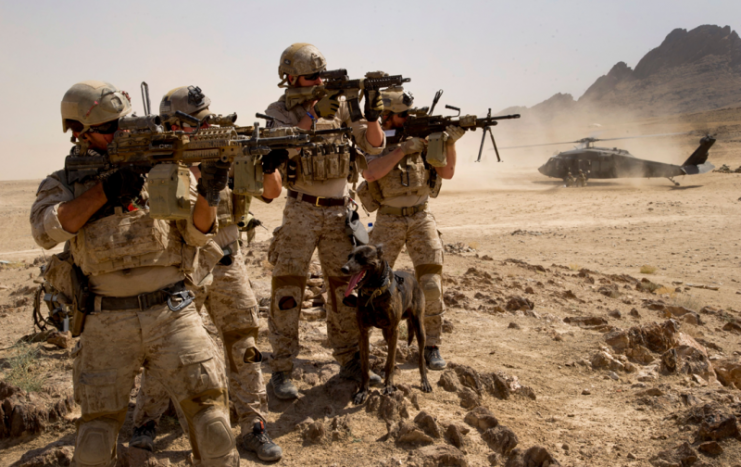
Sending in a small, elite team like SEAL Team Six– though there were actually about 30 operatives in total in this case – means they can work more quickly, and more quietly.
They are called upon to do almost any covert task America needs, like the bin Laden raid, or anything else that doesn’t fall within the strict guidelines of a formal military operation.
Bob Kerrey, a former SEAL and retired United States Senator, said, “they have become a sort of 1-800 number anytime somebody wants something done.” Being a member, therefore, can be a very risky way to earn a living.
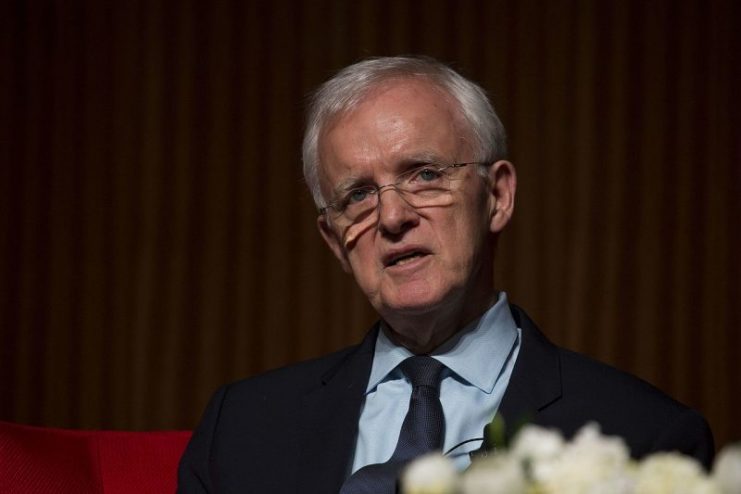
The first unit of this kind was formed in the U.S. around 1980, when the country was mired in a hostage crisis. Since then, many teams have performed covert operations at the behest of the government. The bin Laden operation, for example, was carried out upon the order of then-president Barack Obama.
Since the teams are known about but not “official,” they can get away with more, while flying “under the radar,” so to speak. They do not do anything illegal, but they do skate the edges of the law in some situations. They are not necessarily ordered to kill—in bin Laden’s case, they had hoped to capture him alive.
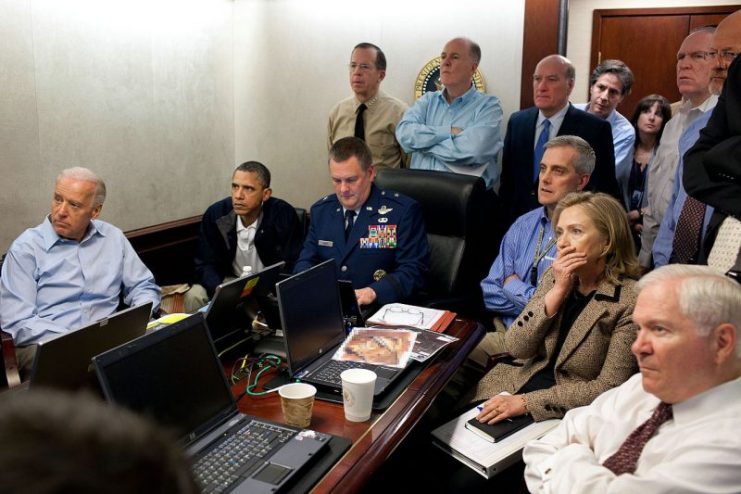
That operation was given a code name, “Neptune Spear,” which is a nod to the Navy SEALs’ insignia. They weren’t alone, for Army Green Berets and CIA agents were also involved in the mission.
They gave bin Laden a code name, “Geronimo” or “Jackpot,” although sources dispute what each one meant. Some say “Geronimo” referred to bin Laden if captured alive and “Jackpot” if he were dead. Again, it’s hard to say if either code name is accurate, because getting confirmation from a reliable source is almost impossible.
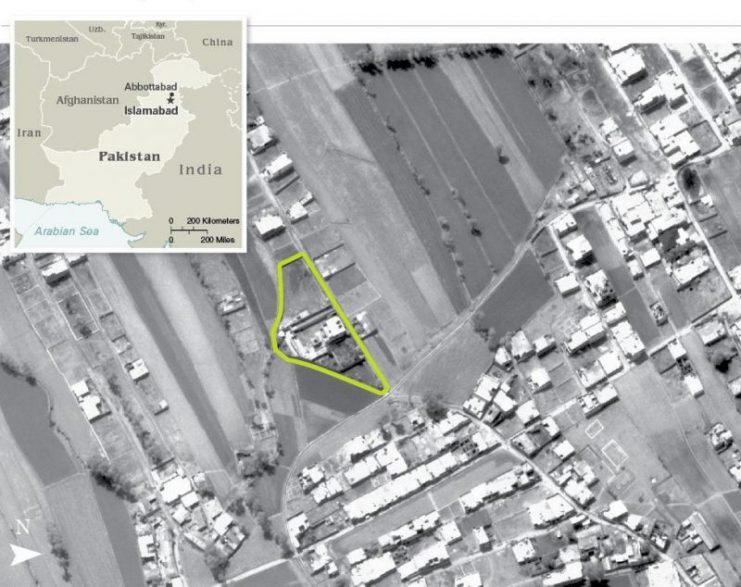
Although first locating bin Laden wasn’t easy, the Al Qaeda leader’s residence was not well hidden, making it possible for the U.S. to eventually link it to him. It was close to a military academy, and had walls 10-18 feet high surrounding it.
One giveaway that someone of importance was living there was that its garbage wasn’t collected – it was incinerated. That was a clear signal that whoever was living in the house was determined not to reveal any clues to his identity.
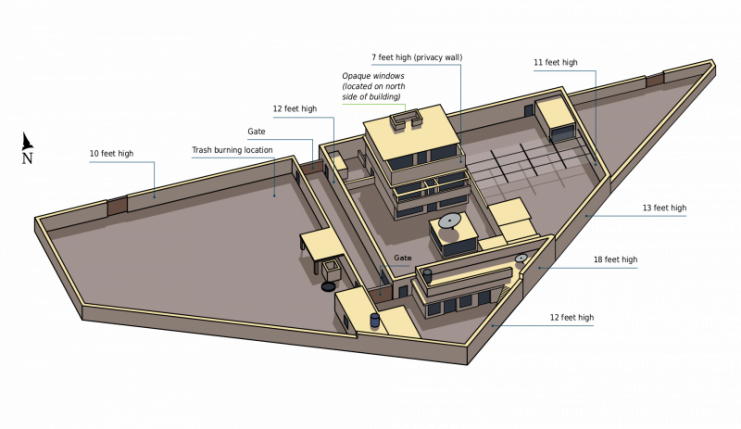
Did the group actually intend to kill bin Laden? The answer isn’t definitely known, but Navy SEALs are not authorized to kill just anyone they deem deserving of it, so it was likely unplanned. Still, since he was Public Enemy #1, it’s unlikely that anyone shed any tears over his demise.
One team member who couldn’t shed any tears was “Cairo,” a Belgian Malinois that was part of the mission. The dog was stationed outside the compound and ordered to “keep watch” on its perimeter, while the operatives went inside.
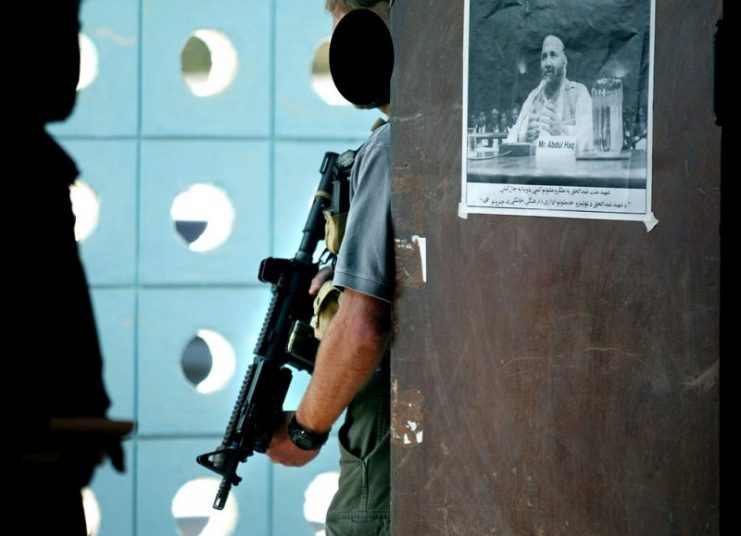
It may sound like an urban legend, but Cairo was part of the team who met President Obama after the job was done. The president wanted to meet the brave, well-trained animal who had been involved in bringing bin Laden down.
SEAL Team Six has reached almost mythical status thanks to the bin Laden mission. After the horror of 9/11, there was no greater enemy of the United States, and therefore no greater target, for the Navy SEALs in general and SEAL Team Six in particular.
